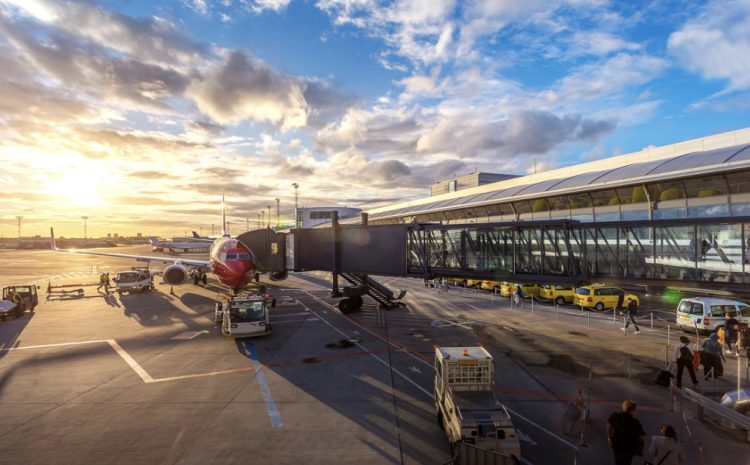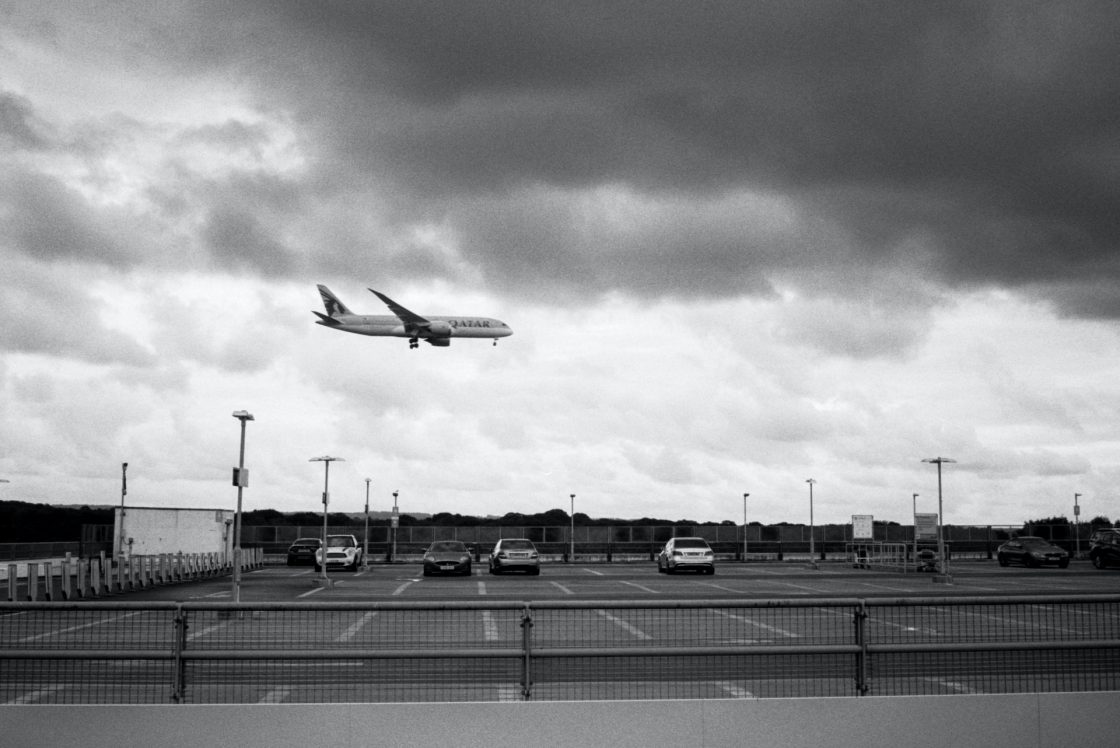What Kind of Fuel Do Airplanes Use? Exploring Aircraft Fuels

When embarking on a holiday or business trip, an airplane requires fuel to power its engines and generate the necessary thrust for flight. Unlike cars that can utilize electricity, airplanes rely solely on liquid combustible fuel, as batteries are too heavy for airliners. The type of fuel used depends on the aircraft’s engine type, with jet engines and piston engines requiring different fuels. This text delves into the various fuels used in airplanes, shedding light on their composition and environmental implications.
Airplane Fuel Basics
Aircraft engines are classified into jet engines and piston engines, and each category operates on specific fuel types.
- The most common jet engines rely on kerosene-based fuels, such as Jet-A and Jet A-1, which contain additives to protect the engine and fuel systems;
- These additives serve various purposes, from preventing corrosion to inhibiting ice buildup and countering bacterial growth;
- Jet fuel is preferred for its clean-burning properties, leaving minimal residue and ensuring the reliability of expensive jet engines during long intervals between services.
Furthermore, jet fuel’s chemical composition varies depending on its petroleum source, emphasizing the importance of defining it by its performance specifications.
Jet A and Jet A-1 Fuel
Jet A and Jet A-1 are the two primary types of kerosene-based jet fuel. They share the same autoignition temperature but differ in availability, with Jet A-1 being the standard outside the United States. Jet A-1 also includes an anti-static additive to prevent static electricity buildup and sparking.
Jet B Fuel

Jet B fuel is less common and possesses enhanced cold-weather performance. However, it is riskier to handle due to its lighter composition. Airlines seldom use Jet B fuel except in extremely cold environments like Northern Canada, Alaska, and the Arctic, where it freezes at an exceptionally low temperature.
The Impact of Water Contamination
Water in jet fuel can be detrimental to modern aircraft’s fuel systems, particularly during flights at high altitudes with low temperatures. The water condenses into tiny bubbles, which then separate from the fuel and form ice crystals that can block fuel lines. Although fuel heating systems are installed on aircraft to address this issue, water contamination remains a challenge to remove entirely.
Jet Fuel in the Military
Military aircraft largely utilize fuels similar to their civilian counterparts, with the “JP” designation (Jet Propellant) being standard. Variants like JP8 and JP4 are commonly used, but some specialized JP fuels are developed for specific military applications.
How Is Airplane Fuel Made?
Kerosene, the primary component of jet fuel, is derived from crude oil through a distillation process. Crude oil consists of over 500 components, and the distillation tower separates them based on their boiling points. Kerosene, being one of these components, is then mixed with additives before distribution.
Towards a Greener Future
The reliance on fossil crude oil for jet fuel contributes to CO2 emissions from jet transport. However, researchers have made significant progress in developing sustainable aviation fuels. Biofuels, derived from algae, plants, or waste, show promising results, with some estimates suggesting they can reduce greenhouse gas emissions by up to 80%. Another greener alternative is synthetic fuel, which can be produced using hydrogen and carbon extracted from the air, although this process is currently expensive.
A Common Advantage of Biofuels and Synthetic Fuels
Biofuels and synthetic fuels have the advantage of requiring little to no modifications to aircraft, potentially extending the lifespan of older planes while reducing their total CO2 emissions.
Conclusion
In conclusion, airplanes rely on various fuel types, with jet engines primarily utilizing kerosene-based fuels like Jet-A and Jet A-1. Piston engines, on the other hand, run on gasoline. The military employs similar fuels to civilian aircraft but also has specialized variants for specific applications. The production of airplane fuel involves a distillation process from crude oil, and additives are mixed in before distribution. However, the aviation industry is steadily moving towards a greener future, exploring biofuels and synthetic fuels as more sustainable alternatives to reduce CO2 emissions and mitigate its environmental impact.